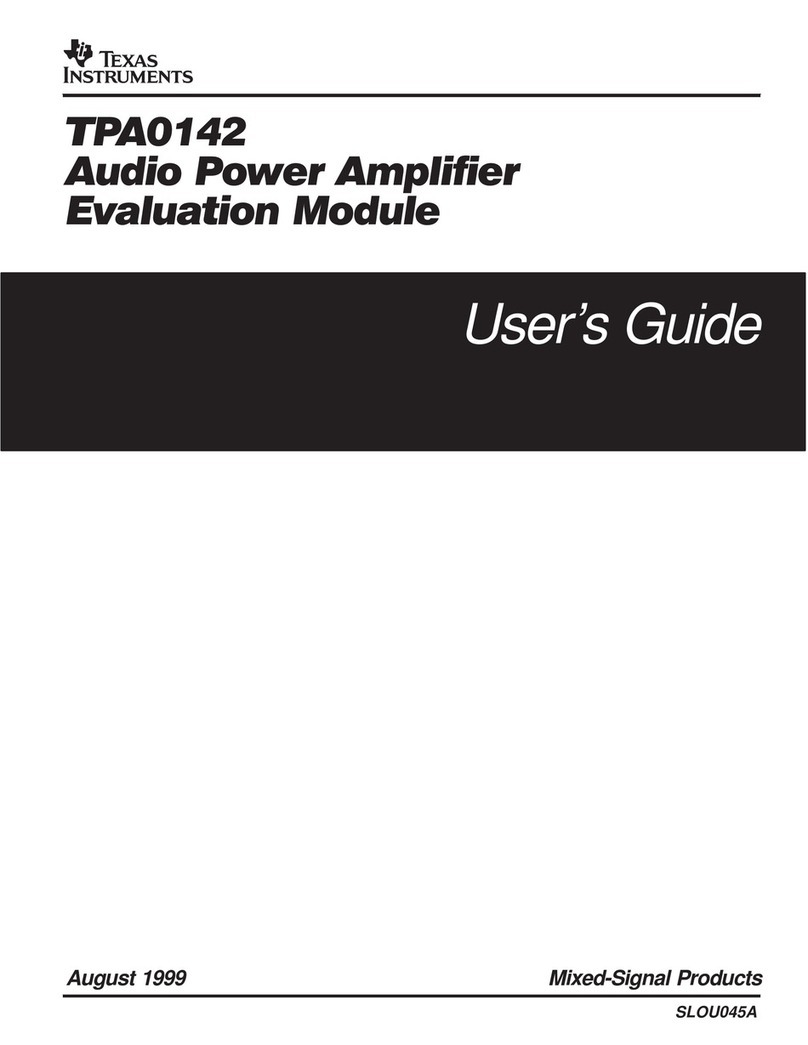Texas Instruments TPS2390EVM User manual
Other Texas Instruments Control Unit manuals
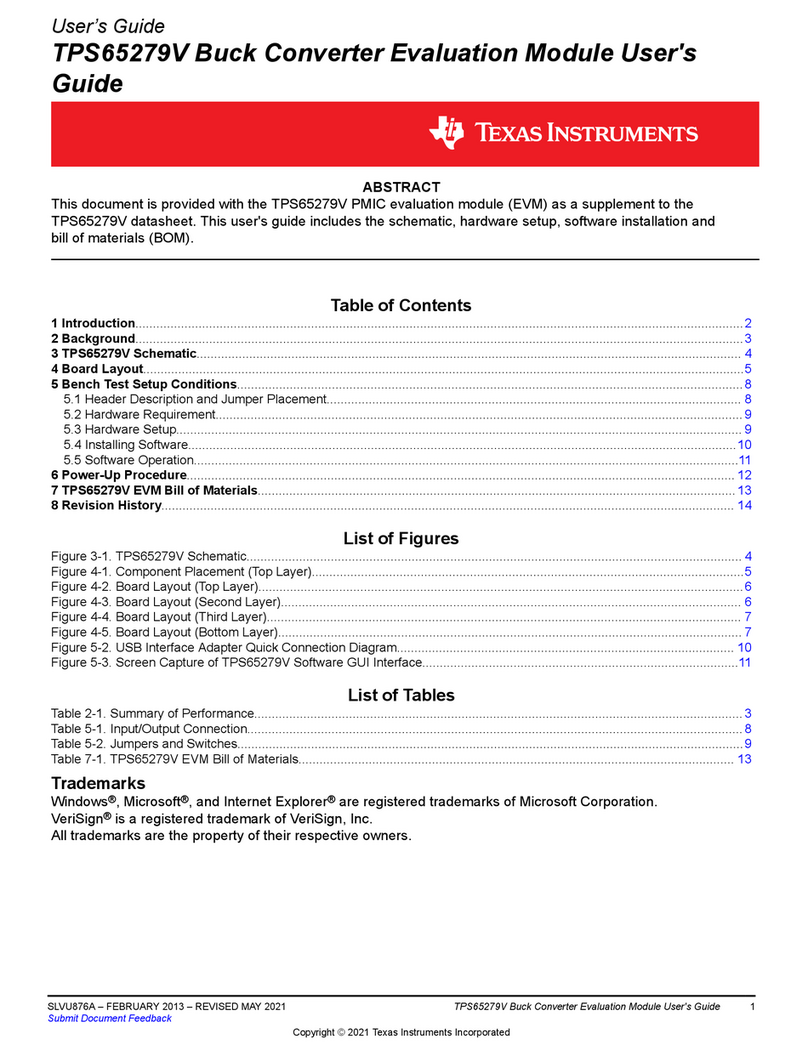
Texas Instruments
Texas Instruments TPS65279V User manual

Texas Instruments
Texas Instruments OPT3004DTSEVM User manual

Texas Instruments
Texas Instruments ADS5296 User manual
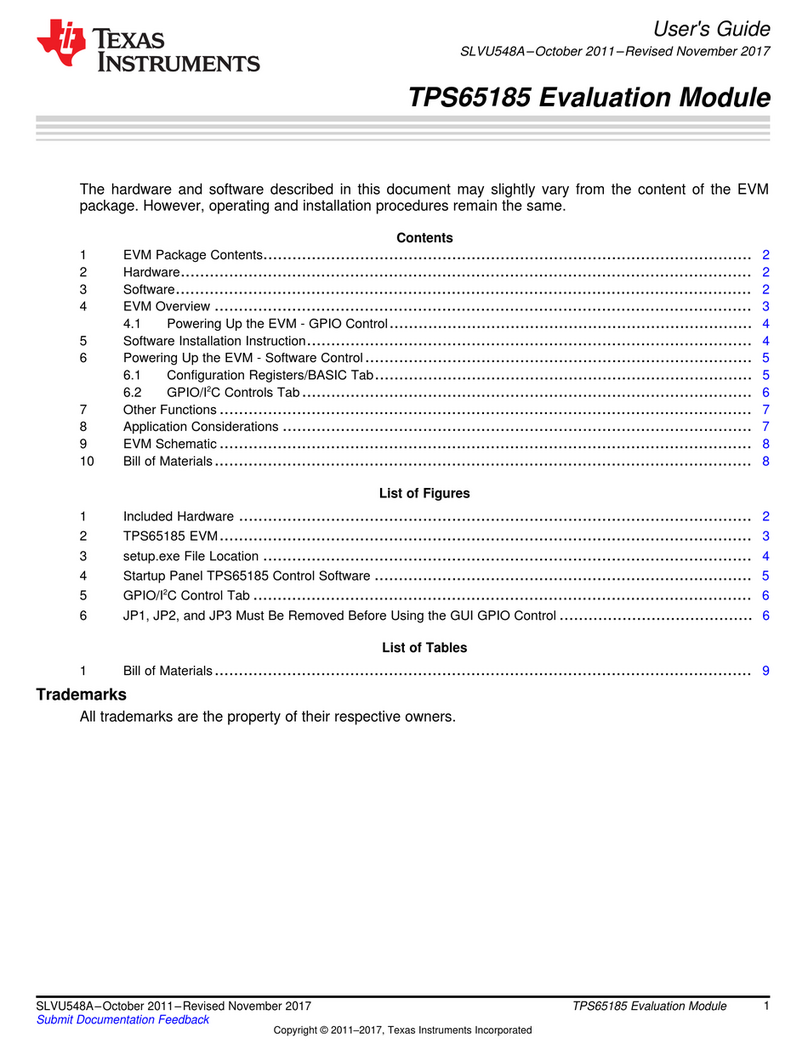
Texas Instruments
Texas Instruments TPS65185 User manual
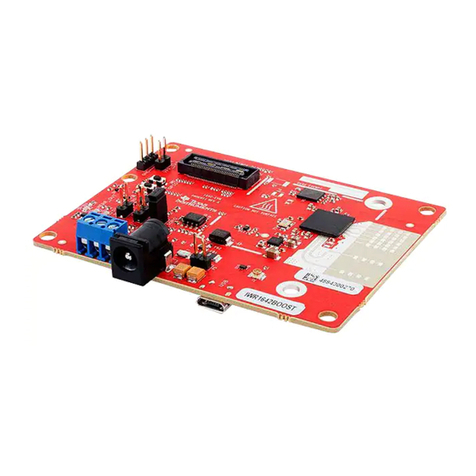
Texas Instruments
Texas Instruments BoosterPack IWR1642 User manual

Texas Instruments
Texas Instruments TPS62933 User manual
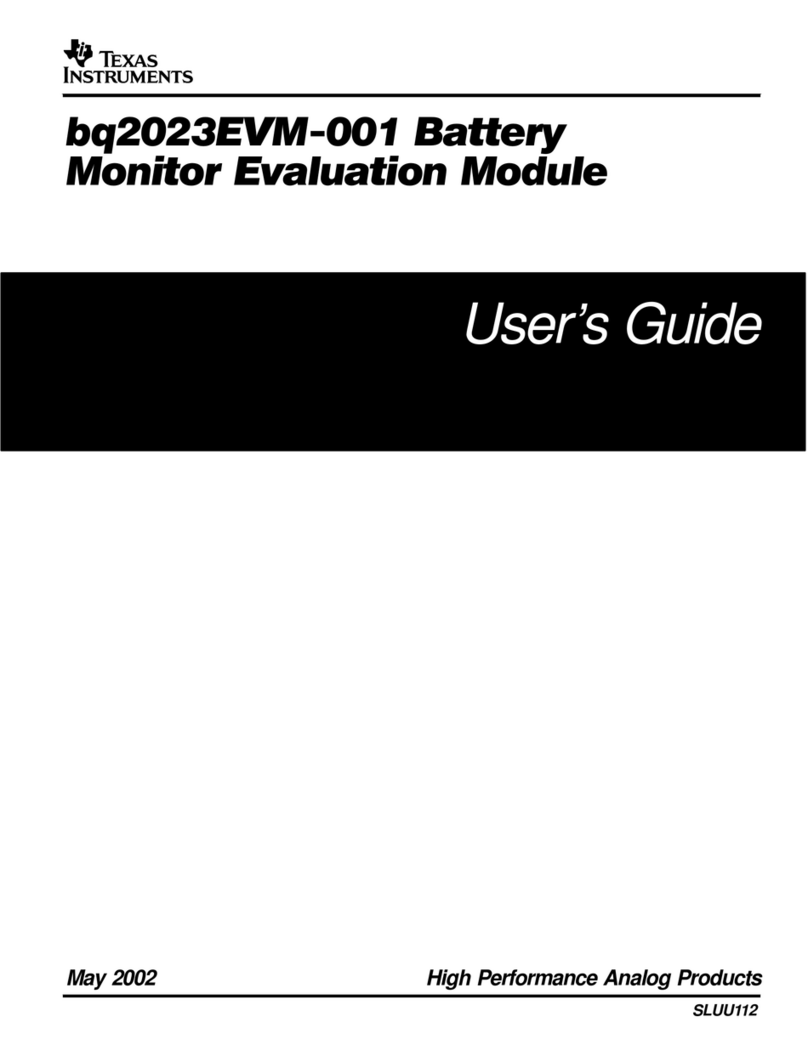
Texas Instruments
Texas Instruments bq2023EVM-001 User manual
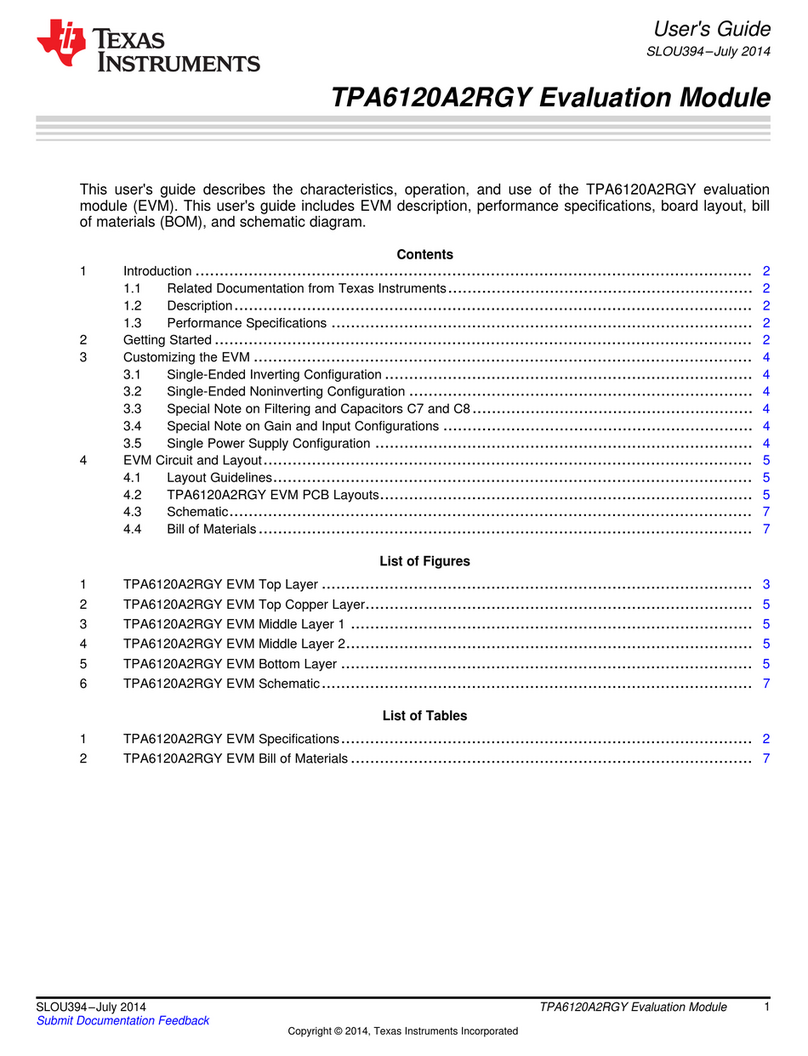
Texas Instruments
Texas Instruments TPA6120A2RGY EVM User manual
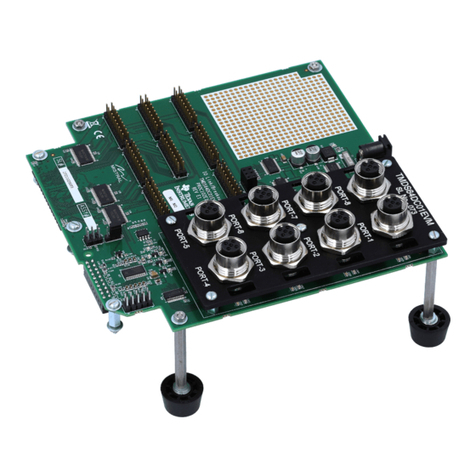
Texas Instruments
Texas Instruments TMDS64DC01EVM User manual
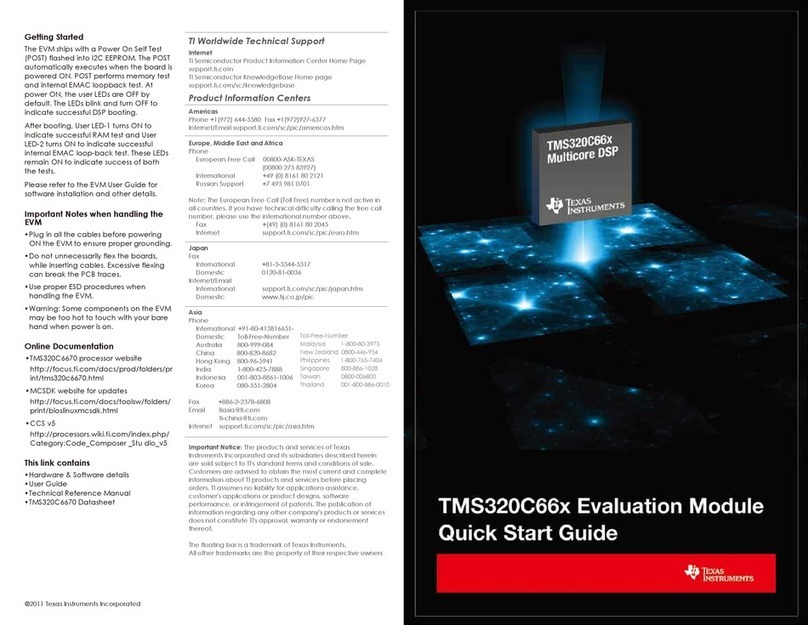
Texas Instruments
Texas Instruments TMS320C6670 User manual
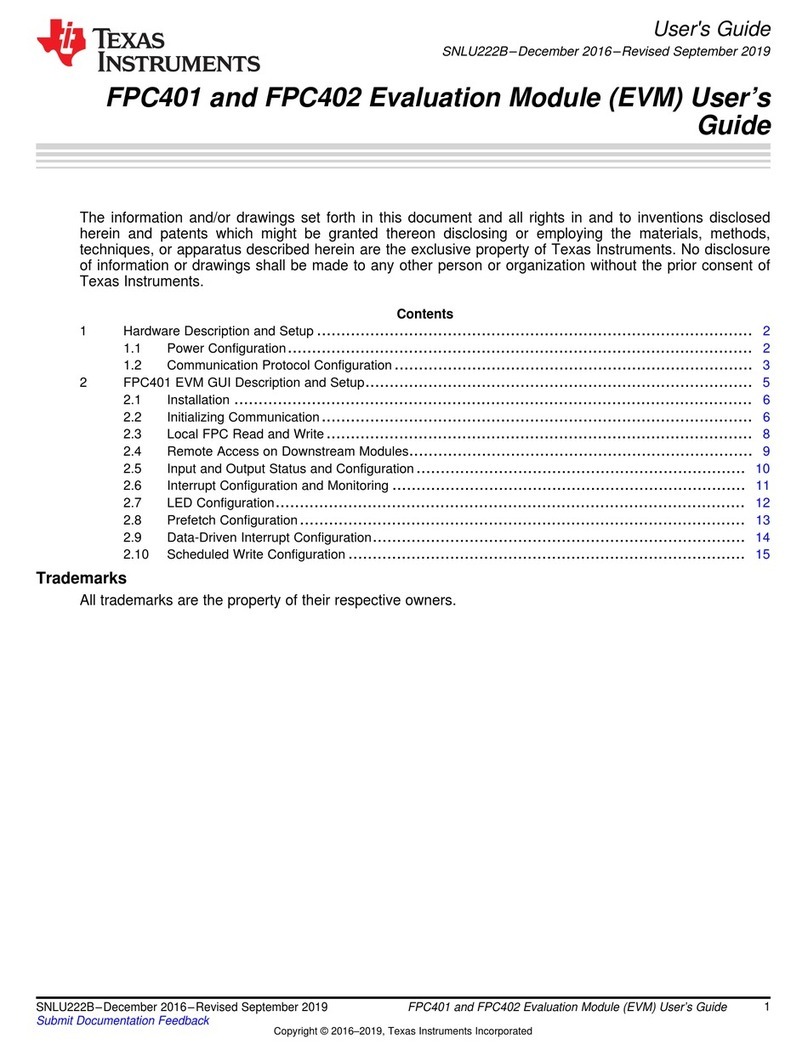
Texas Instruments
Texas Instruments FPC401 User manual
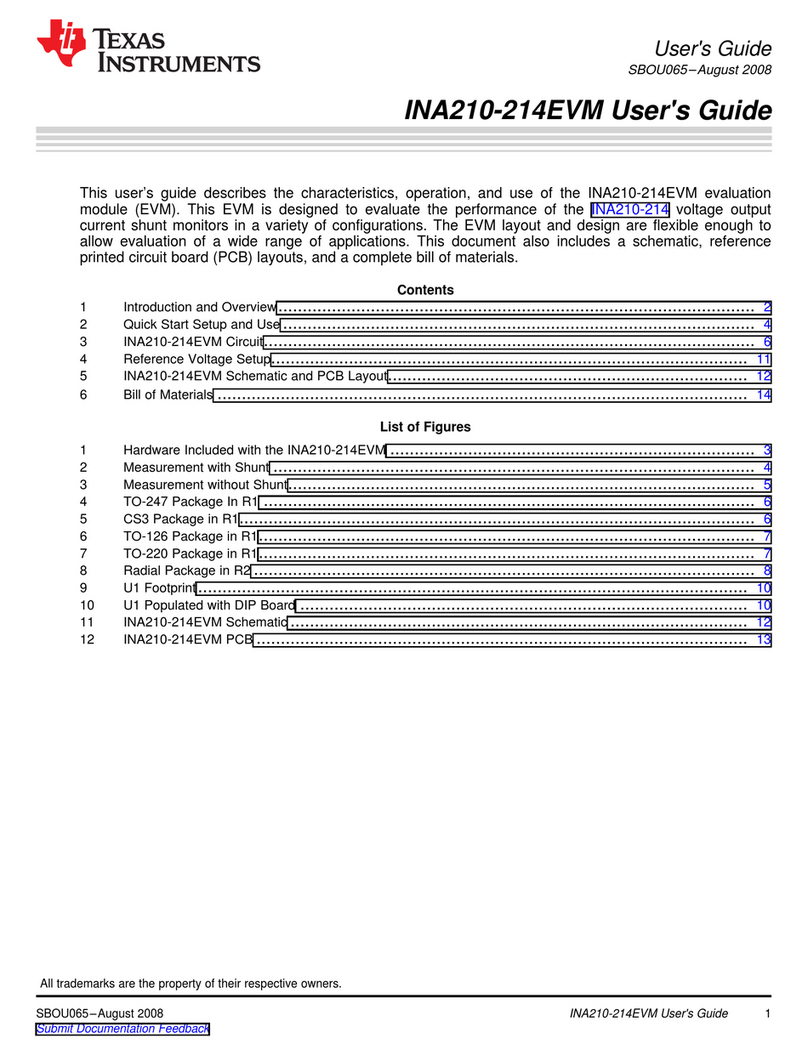
Texas Instruments
Texas Instruments NA210-214EVM User manual
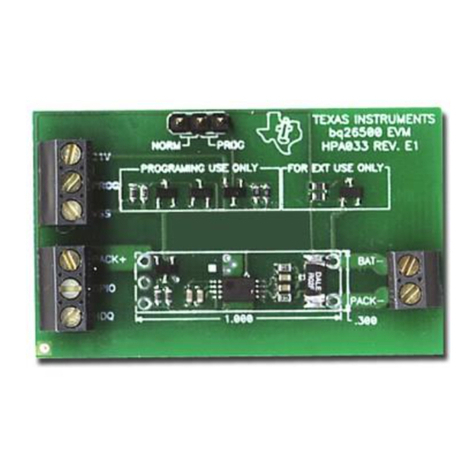
Texas Instruments
Texas Instruments bq26500EVM User manual
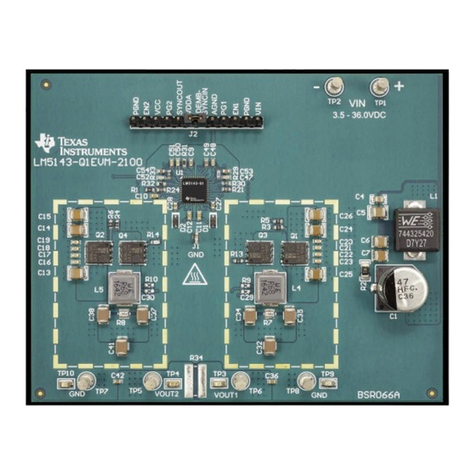
Texas Instruments
Texas Instruments LM5143-Q1 User manual
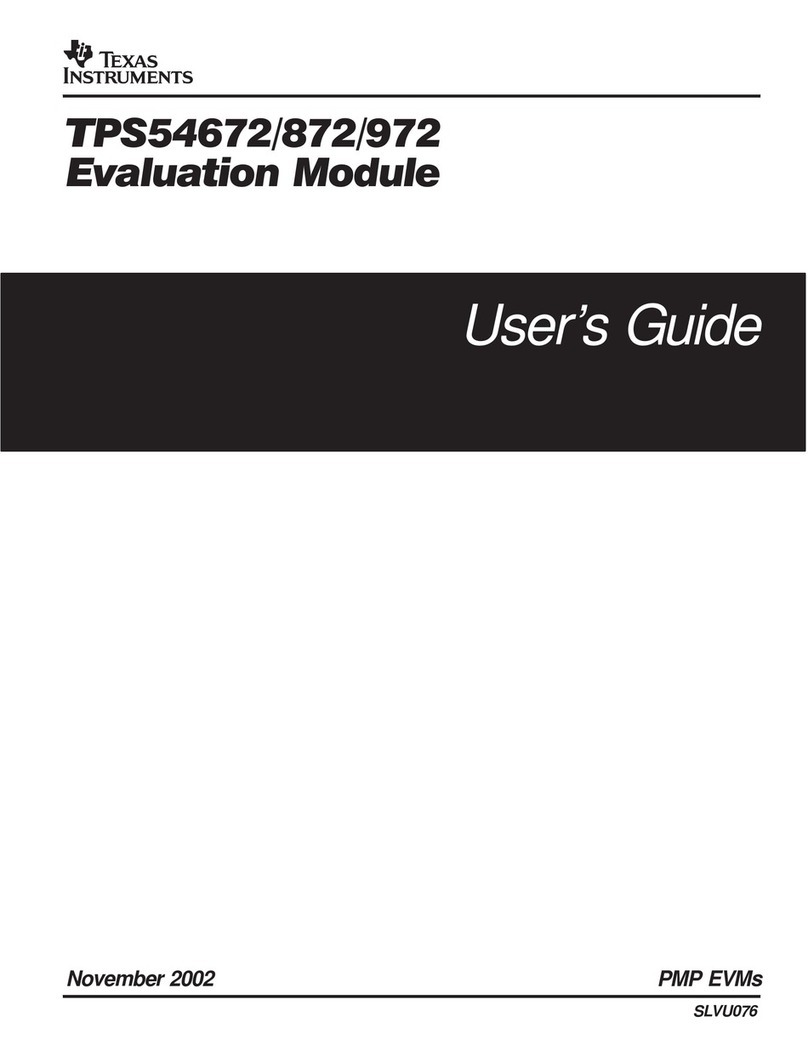
Texas Instruments
Texas Instruments TPS54672EVM-222 User manual
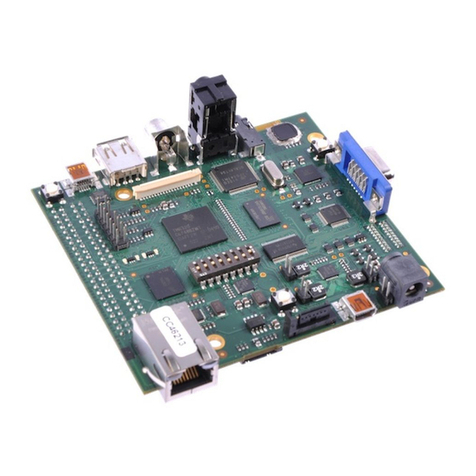
Texas Instruments
Texas Instruments TMS320C6748 User manual
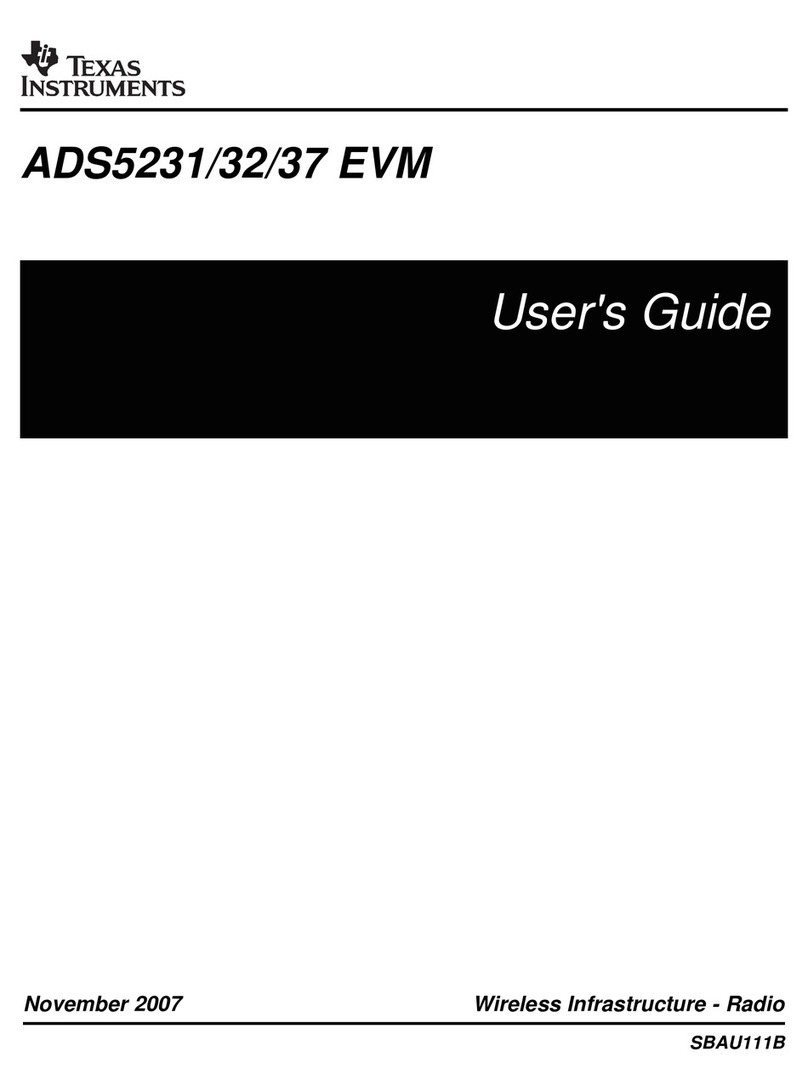
Texas Instruments
Texas Instruments ADS5237 EVM User manual
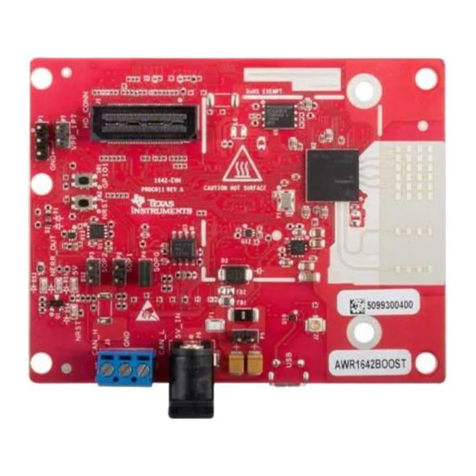
Texas Instruments
Texas Instruments AWR1642 User manual
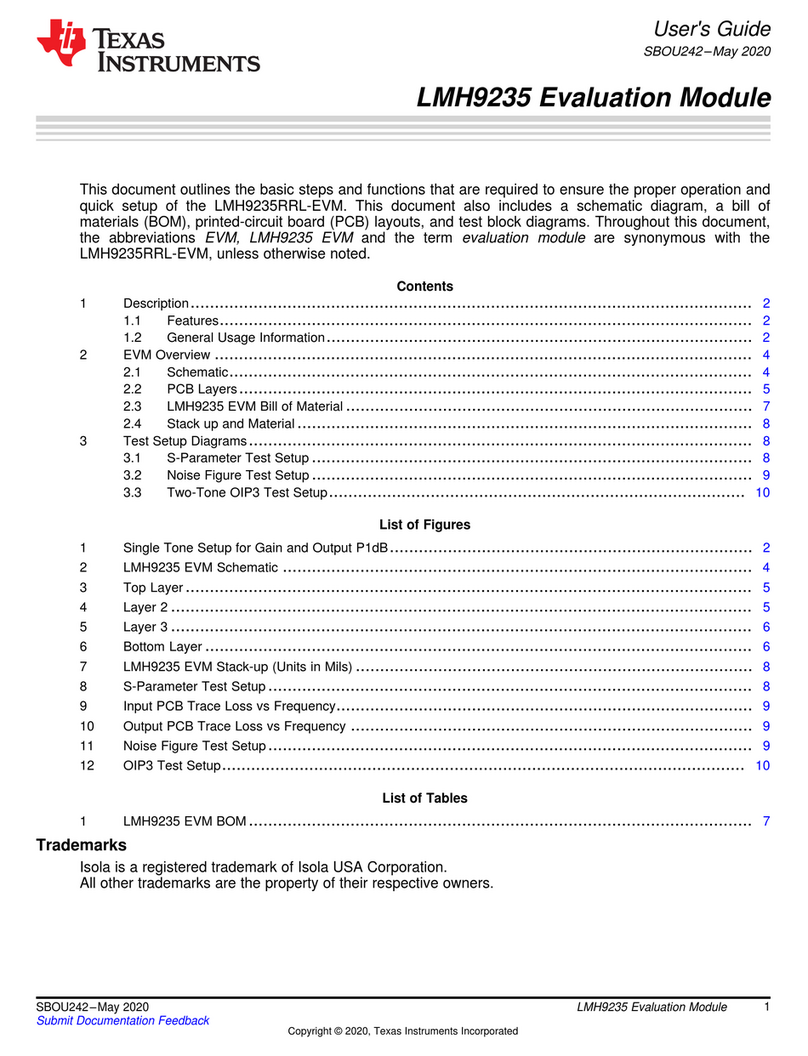
Texas Instruments
Texas Instruments LMH9235RRL-EVM User manual
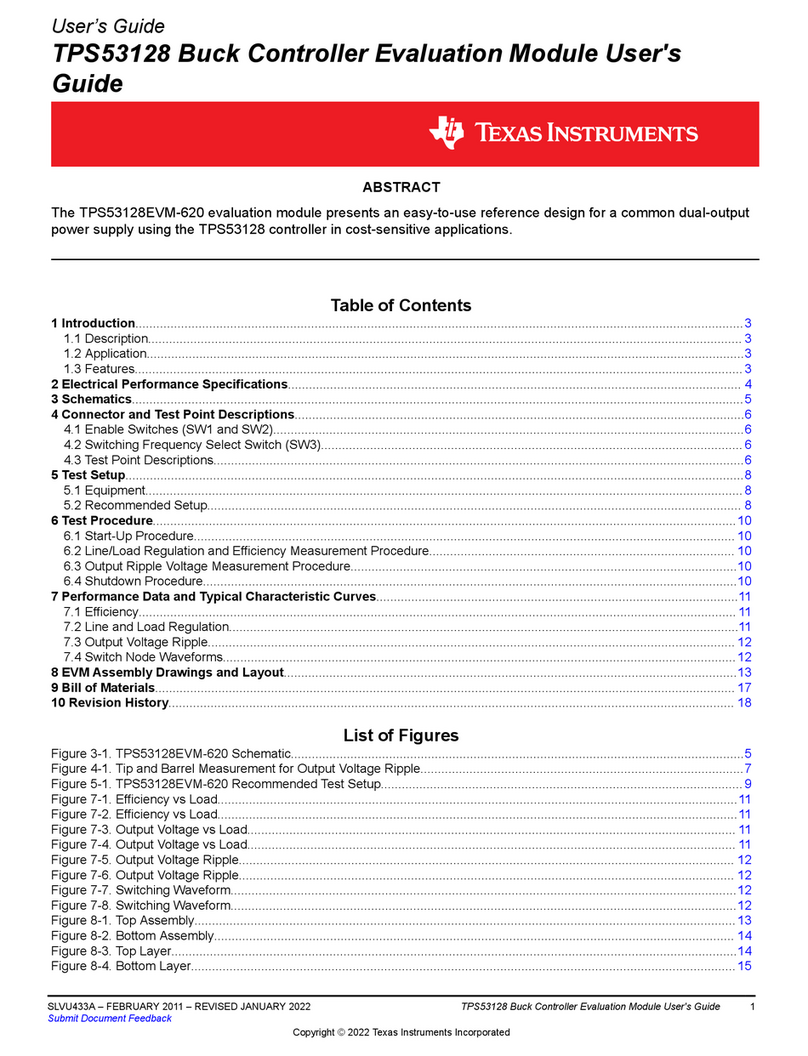
Texas Instruments
Texas Instruments TPS53128 User manual
